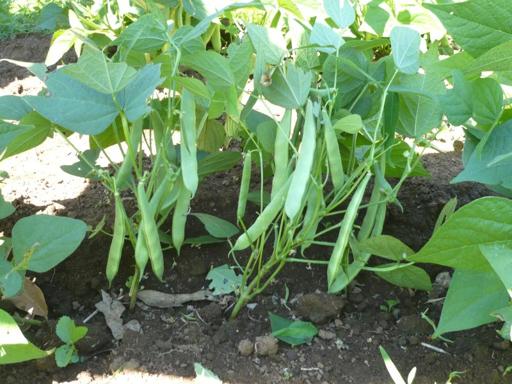Bean
Phaseolus vulgaris
Also known as: Common Bean, Kidney Bean, Pinto Bean, Black Bean

Growing Information
Growth Habit: Herb
Climate Requirements: Prefers temperate climates with temperatures between 18–29°C and requires a frost-free growing season.
Soil Requirements: Well-drained, fertile soils with a pH of 6.0–7.5.
Water Requirements: Moderate water requirements, with consistent moisture during the growing season, especially during flowering and pod formation.
Planting Instructions: Planted using seeds, spaced 5–10 cm apart in rows, with planting depth of 2–4 cm.
Harvesting Information: Harvested when the pods are fully developed but before they begin to dry, typically 2–3 months after planting.
Characteristics & Benefits
Plant Characteristics: Bean is a leguminous plant that produces edible seeds known for their high protein content and culinary versatility.
Nutrient Content: Rich in protein, fiber, iron, and magnesium.
Health Benefits: Supports muscle growth, regulates blood sugar, and improves digestive health.
Yield Information: Average yield is 1–3 tons per hectare.
Uses & Distribution
Culinary Uses: Used in soups, stews, salads, or ground into flour. Commonly used in Mexican, Indian, and Mediterranean cuisines.
Industrial Uses: Used in the production of plant-based proteins, flour, and biofuels.
Native Range: Central and South America.
Current Distribution: Grown worldwide, with major producers including Brazil, India, and the USA.
Pest & Disease Management
Common Pests: Aphids, bean weevils, and leafhoppers.
Diseases: Rust, blight, and anthracnose.
IPM Practices: Crop rotation, use of resistant varieties, and removal of infected plants.
Market Value: $120.00
Research & References
Studies and Articles: Research on enhancing bean varieties for higher yields and disease resistance.
Bibliography: Bean Cultivation and Uses, 2021.
Comments
Add CommentNo comments yet. Be the first to comment!